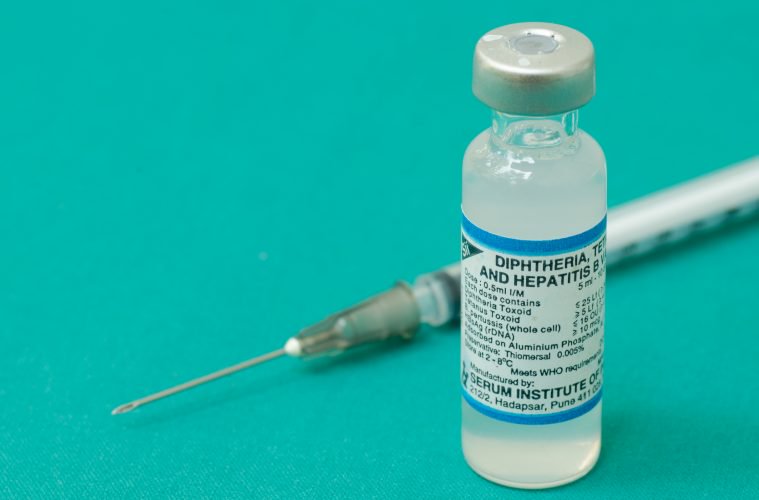Dpt Ipv Vaccine

The DPT (Diphtheria, Pertussis, and Tetanus) vaccine is a crucial immunization that protects against three serious bacterial infections. The DPT vaccine, also known as the DTaP vaccine, has undergone significant developments over the years, with the IPV (Inactivated Poliovirus Vaccine) being an integral component of the immunization schedule in many countries. In this article, we will delve into the details of the DPT vaccine, its composition, and the role of IPV in preventing poliomyelitis.
DPT Vaccine Composition and Administration

The DPT vaccine is a combination vaccine that protects against diphtheria, pertussis (whooping cough), and tetanus. The vaccine is typically administered in a series of doses, with the first dose given at 2 months of age, followed by booster shots at 4, 6, and 15-18 months of age. The DPT vaccine is also recommended for adults, with a booster shot every 10 years. The vaccine is available in various formulations, including DTaP (diphtheria, tetanus, and acellular pertussis) and Tdap (tetanus, diphtheria, and acellular pertussis), which is used for adolescents and adults.
DPT Vaccine Efficacy and Safety
The DPT vaccine has been shown to be highly effective in preventing diphtheria, pertussis, and tetanus. According to the Centers for Disease Control and Prevention (CDC), the DTaP vaccine is approximately 80-90% effective in preventing pertussis, while the Tdap vaccine is about 70-90% effective. The vaccine has also been proven to be safe, with common side effects including redness, swelling, and pain at the injection site, as well as fever and fatigue. Serious side effects, such as allergic reactions, are rare.
| Vaccine Type | Efficacy | Common Side Effects |
|---|---|---|
| DTaP | 80-90% | Redness, swelling, pain, fever, fatigue |
| Tdap | 70-90% | Redness, swelling, pain, fever, fatigue |

IPV Vaccine and Poliomyelitis Prevention

The IPV vaccine is an inactivated vaccine that protects against poliomyelitis, a highly infectious disease caused by the poliovirus. The IPV vaccine is administered in a series of doses, typically at 2, 4, 6-18 months, and 4-6 years of age. The vaccine has been highly effective in preventing poliomyelitis, with a reported efficacy of 90-100%. The IPV vaccine is also safe, with common side effects including redness, swelling, and pain at the injection site, as well as fever and fatigue.
IPV Vaccine Administration and Schedule
The IPV vaccine is typically administered in combination with other vaccines, such as the DPT vaccine. The vaccine schedule may vary depending on the country and region, but the recommended schedule is as follows:
- 2 months: IPV + DPT (first dose)
- 4 months: IPV + DPT (second dose)
- 6-18 months: IPV + DPT (third dose)
- 4-6 years: IPV + DPT (booster dose)
| Vaccine Type | Administration Schedule | Efficacy |
|---|---|---|
| IPV | 2, 4, 6-18 months, 4-6 years | 90-100% |
| DPT | 2, 4, 6, 15-18 months, 4-6 years | 80-90% |
Future Implications and Challenges
The DPT and IPV vaccines have been highly effective in preventing serious bacterial infections and poliomyelitis. However, there are still challenges to be addressed, including vaccine hesitancy, outbreaks, and the emergence of new disease strains. To address these challenges, it is essential to continue vaccine research and development, as well as educate the public about the importance of vaccination.
Addressing Vaccine Hesitancy and Outbreaks
Vaccine hesitancy and outbreaks can have significant consequences, including the spread of preventable diseases. To address these challenges, it is essential to:
- Provide accurate and reliable information about vaccine safety and efficacy
- Address concerns and misconceptions about vaccines
- Develop and implement effective outbreak response strategies
- Continuously monitor and evaluate vaccine effectiveness
What is the DPT vaccine, and how is it administered?
+The DPT vaccine is a combination vaccine that protects against diphtheria, pertussis, and tetanus. The vaccine is typically administered in a series of doses, with the first dose given at 2 months of age, followed by booster shots at 4, 6, and 15-18 months of age.
What is the IPV vaccine, and how is it administered?
+The IPV vaccine is an inactivated vaccine that protects against poliomyelitis. The vaccine is typically administered in a series of doses, with the first dose given at 2 months of age, followed by booster shots at 4, 6-18 months, and 4-6 years of age.

